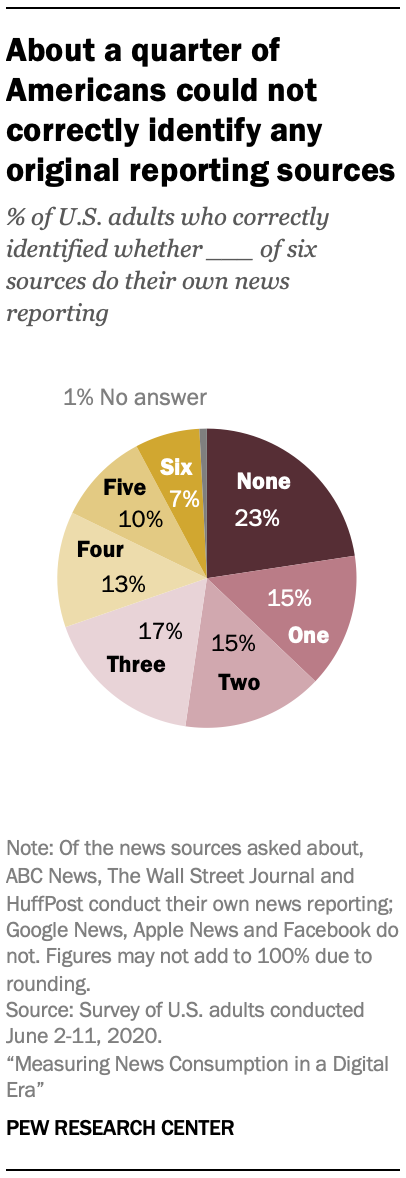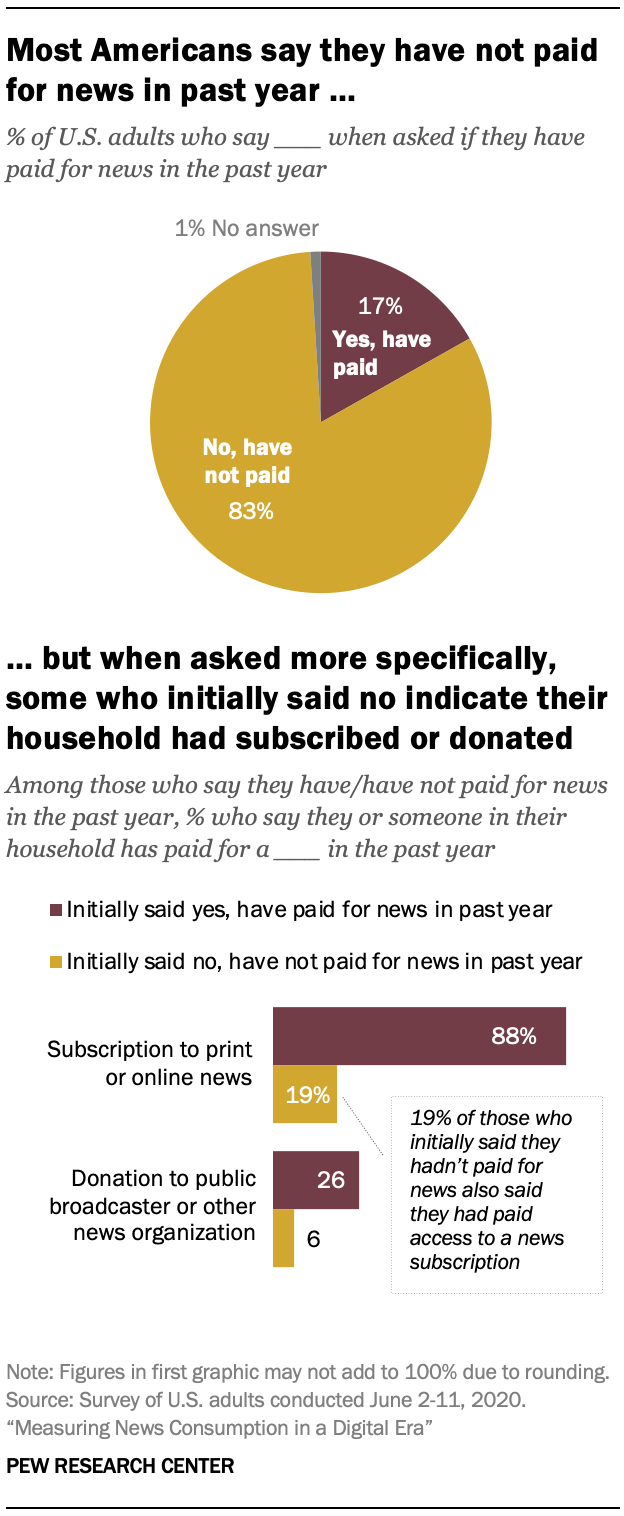Good journalism is a superpower.
With current events constantly evolving, journalism has taken a different road over the last several years. However, there's one crucial aspect that has stayed the same: storytelling. Journalism will inform, evoke emotion, and provide entertainment all in one effort. Because of its complex nature, it's a difficult art to master. We recently sat down with John Battelle, the CEO and Co-Founder of The Recount Media, to discuss how journalism has evolved and where it's headed.
John has been in the industry for decades. With that, he has learned to transform and evolve with changing platforms, mediums, and audiences. Due to his flexibility in his craft, The Recount has reached over 800 million views and over 2 billion social impressions. He manages this while still maintaining journalism ethics and credibility. This feat, though not impossible, is impressive with many challenges.
For content creators, newsroom producers, and social media influencers, John provides a valuable insight into the world of media through video content.
The Old Method
Broadcasting and journalism have taken a drastic turn throughout the past few decades. Providing an audience with the news was originally a rigid task, which John referred to as "Suits on Set."
Traditionally, people received their news by watching a news broadcast of their favorite reporters sitting on a mandated set and reading off a teleprompter. Though effective, it lacked creativity and visual interest. The audience rarely received a direct image or video that represented current events. The broadcast team also put their own political spin on the content, as John mentions:
"They tend to be coming from a partisan point of view. You're either Team Blue or Team Red. And the other sight, sound, and motion that's well established in journalism is documentary, [which is] long form."
"It struck [my partner] John Heilemann and me when we were starting the company that we were very much in a post-linear moment. Television was going through a significant shift and a major disruption - probably analogous to the shift from broadcast to cable. [This included] new forms of distribution, new formats, and new uses of video."
What had initially shown a significant impact on the audience was beginning to fizzle out. Where families would previously sit down nightly for the evening news, attention spans started to dwindle. With that, new forms of journalism and broadcasting were required to keep attention. John was one of the first to hop on the new wave.
Generational Changes
With the digital age hitting our generation like a freight train, it's no wonder that television and journalism have had to adjust. Several different factors led to this change.
Social Media
With 3.78 billion social media users, there's an influx of sharing information and misinformation. Now (more than ever), less reputable sources can spread the news into the hands of billions of people. This has made a massive impact on the way that people digest and distribute information.
Handheld Devices
With the majority of Americans owning a mobile phone or tablet, information and news are now at our fingertips. This minimizes the need for people to catch the evening news or pick up the newspaper religiously. What was originally a popular format for news consumption has had a significant drop in views and readership. For passionate journalists, this has required a desperate change.
Need for Digestible Information
Because information is available at our fingertips, we consume more news than ever before. This has resulted in the attention span for readers and viewers dropping drastically. According to Wistia, attention for online videos begins to drop after only 30 seconds, with a significant decline occurring after 60 seconds.
Due to this, long-form journalists have had to adjust to short-form videos.
Hip-Hop News
John and The Recount have been pioneers in leading the way to the new era of television. After identifying the new forms of distribution and format, the team at The Recount began to brainstorm new ways of news consumption.
"Our mission and our ambition are to essentially reinvent television. In order to do that, we had to start with a clean slate and say, 'Well, what would we make if we didn't have to follow the sort of form and rules of traditional television journalism?' And that's when we came up with what John Heilemann calls Hip-Hop News."
The idea behind Hip-Hop News is inspired by the ever-loved music genre, Hip Hop.
"The idea is [based] on the form of Hip Hop by sampling. And reimagining the melodies from a base of music across decades and across genres and styles. It was a remix of the culture."
The team applied this logic to television.
"The first products that we came out with when we launched about a year and a half ago, were remixes of all the videos that you find. Not only on traditional broadcast and linear cable, but also social media, audio, and even text, graphics, and graphical treatments."
This application led to a brilliant business plan, marketing idea, and hints towards the future of television news.
The Recount began creating short, digestible videos that could easily be shared across all platforms. Some videos were as short as four seconds but provided enough insight and news to generate buzz and share valuable information to the masses.
One of their most successful short videos got 100,000 views in only 30 minutes. This was a brief, four-second video that made a huge impact. The video was a comparison of Joe Biden versus Donald Trump when meeting the G7 leaders. The first clip showcased President Trump at the beginning of his presidency. As he met the G7 leaders, Trump pushed his way to the front so he could be seen by everybody. The video then introduces a clip of President Biden walking in a group with his arm around President McCrone.
"It was a bit that they were so strikingly different. These two images ran side by side for only four seconds, but it's incredibly powerful."
This is the concept of Hip Hop News. However, to master the art, journalists must be qualified and understand the context of the narrative they are trying to tell. It requires a lot of research, dedication, and time.
Future of Journalism
John also weighed in on the future of journalism. With more and more outlets transitioning to a digital model, there's a shift in news and broadcasting. As this shift has come to fruition, there has been a need for monetization and content management systems to support a new model.
Though there is still a large change that needs to occur to optimize new journalism, the future is near. John provides insight:
"As we move into streaming…[there's] a big opportunity to rethink the technical layer between production and publishing. It's super exciting. I think it's just as exciting as HTML in the late 90s. Before the emergence of Javascript and the other tools that led to the explosion on the web, everyone called Web Two. We're very close to television. I would say that in five years from now, it'll be a completely different looking field."
As John and The Recount continue to challenge modern-day journalism and provide unique insights into an ever-changing world, there's an opportunity to shift and improve while continually appealing to a broader audience.
Conclusion
For journalism lovers and broadcasters, there's value in understanding the changing news consumption habits of society. Applying recent trends, statistics, and knowledge can ensure that you stay on top of your game. Though this provides a significant struggle, it's both exciting and interesting to find new ways to produce information for easy consumption.


 Media Literacy is Low
Media Literacy is Low
 )
)



























